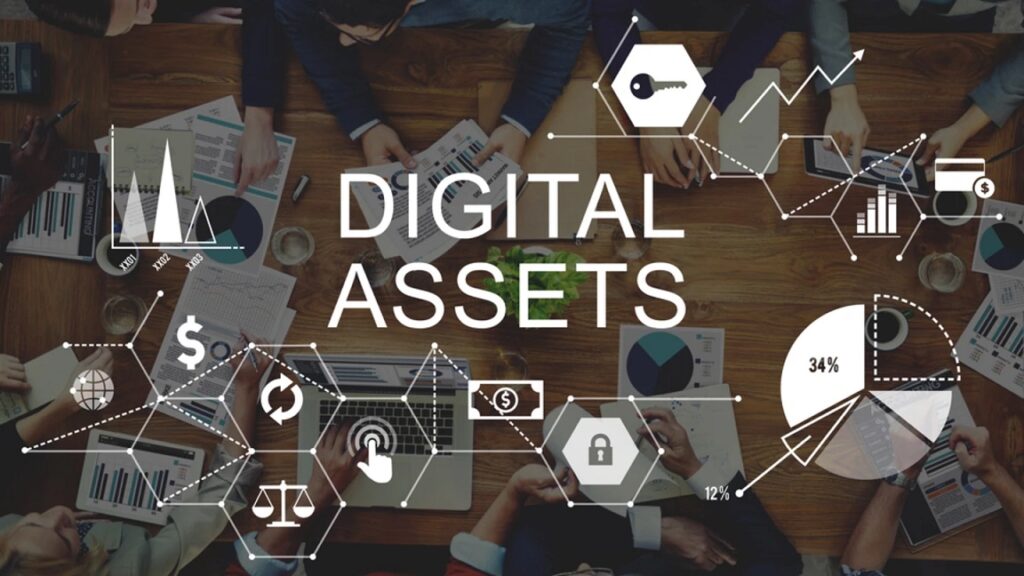As we grow more reliant on digital communications, organizing and protecting digital assets’ integrity is now an essential aspect of any organization. Still, at the same time, it can be a significant challenge to implement.
Improper handling of digital asset management can result in various issues, from as simple as trouble finding an image file when you need it to publish the wrong video files to severe cases where you’ll need to pay an exorbitant amount of copyright penalty.
It’s pretty normal for most companies nowadays to produce a high amount of digital files with varying types, so it’s very easy to lose track of everything produced and distributed throughout the media chain. This is where a digital asset management (DAM)implementation by utilizing proper DAM software is necessary for organizing, archiving, and distributing these digital files.
What Are Digital Assets?
We can define digital assets as all files that are stored digitally on a digital storage drive (HDD, SDD, USB flash drive, your phone’s internal storage, etc.) that are deemed valuable. These files can be digitally-generated, i.e., videos recorded by your laptop’s webcam, but can also be originated from items made by hand.
It’s important to note that even hand-made assets might become digital assets and vice versa; not all electronically-created files are digital assets if they don’t provide any value.
Digital assets, as we know, can come in different file types; each might have other purposes and might need different unique approaches in managing them. These file types can include, but not limited to:
- Images/photos
- Videos
- Design raw files (.psd, .ai, etc.)
- PDFs
- Word documents
- Presentation files (.ppt)
Of course, these aren’t the only file types that can be considered digital assets. Other files like company branding assets, marketing content, data packages, consumer data, user accounts, and different kinds of sensitive files can be considered digital assets.
The amount of digital content generated every single day continues rapidly. It’s common for team members to need easy and fast access to these assets in their daily work activities in an organization. This is because the need for proper digital asset management has also increased in recent years.
What Is Digital Asset Management and What Does It Do?
Digital asset management, or DAM, typically refers to a software solution that allows the enterprise to store, organize, search, access effectively, and share/distribute digital assets.
Various software solutions can be categorized as DAM. A photographer might use a photo database software as a DAM, while a free solution like Google Drive can also be categorized as DAM.
Typically, these software solutions are characterized by a centralized digital library that various parties can access, including employees, clients, vendors, contractors, and other stakeholders. We can assign different access authorization to different digital assets, depending on the stakeholder’s specific needs.
There are various professional digital asset management solutions available in the market offering different features. A proper DAM software like Aproove should provide the following core features:
- Anytime and anywhere file access and sharing
With a centralized library, digital asset management will allow accessing and sharing your content without needing to send unsecured emails, send USB drives/CDs/, and use shared servers with their security vulnerabilities. You can easily configure different authorizations for different stakeholders to ensure only the right people have access to specific assets.
- Easy and fast search function
A powerful search feature is mandatory so we can locate the files you need quickly. The solution should provide options like specifying file types and filters to narrow down the results as required. We should tag keywords to different assets to allow a faster search, and some advanced solutions even offer the feature to add a controlled keyword vocabulary.
- Easy to use organization features
With a DAM solution like Aproove, you can keep all of your digital content centralized in an easy-to-access dashboard. This allows us to organize the digital assets needed by our team, so everyone involved in the projects can easily find any asset whenever they need it.
- Rich media asset management
With all the different file formats used by various digital assets, the DAM solution needs to offer features like the ability to batch convert images and videos, viewing previews of large files, etc.
- Publishing and distribution
The DAM solution should distribute digital assets to major social channels, CMSs, and third-party solutions as needed by the organization. This allows a more efficient workflow in distributing digital assets, which can be very useful for large-scale projects.
- Single dashboard for everything
The DAM software like Approve can act as a central hub for your team to manage your digital assets from A to Z: from the digital asset’s ideation phase until they are ready for publication. The DAM solution can also be a place where stakeholders review and approve different assets, so you can easily manage the whole approval process to ensure a streamlined and efficient operation.
Conclusion
A Digital Asset Management System like Aproove provides an exact tool you’ll need to store, organize, access, track quickly, and share all of your digital assets in just a single place. With a DAM, you can improve your team’s efficiency and productivity using the right assets whenever they need them in their tasks.
